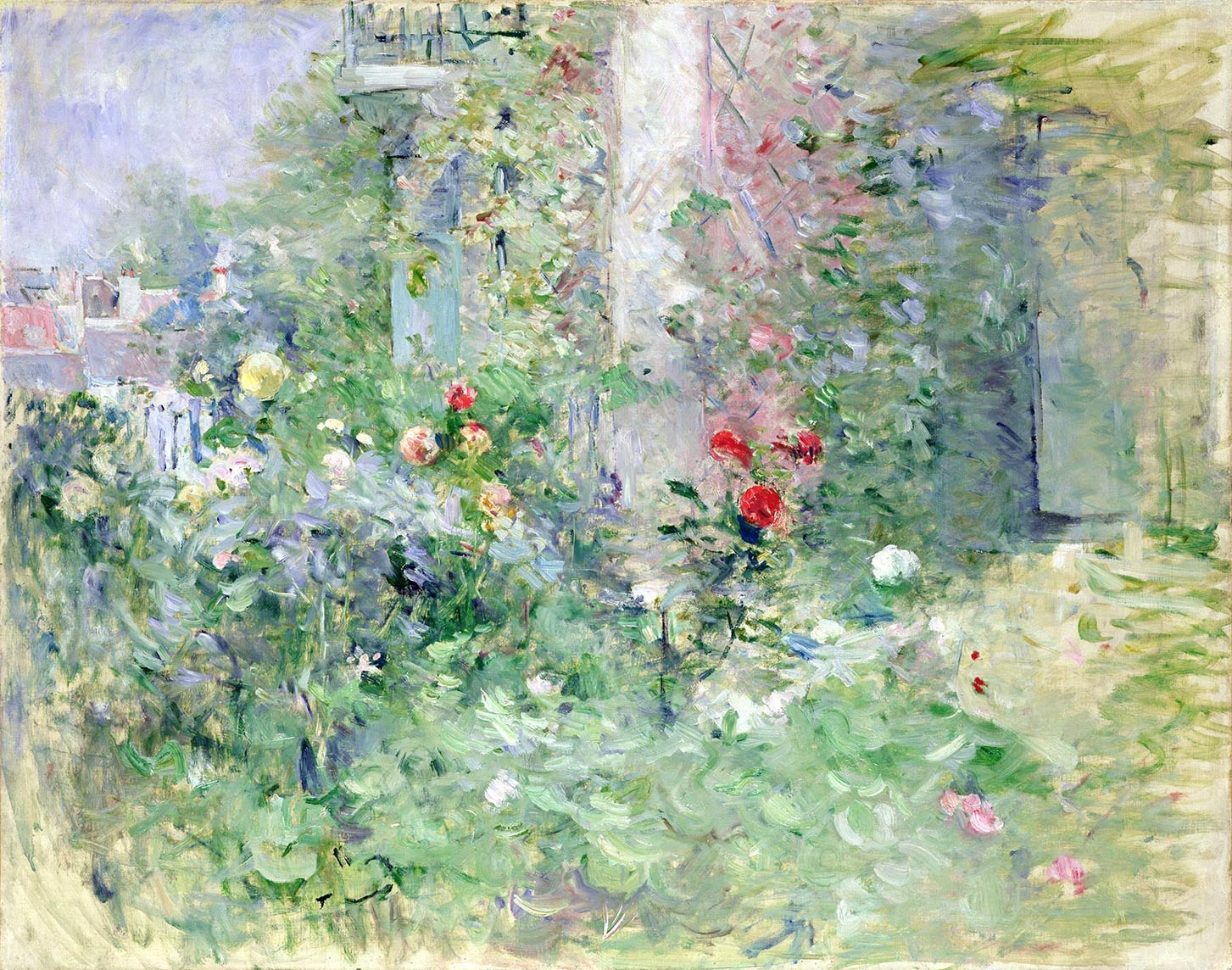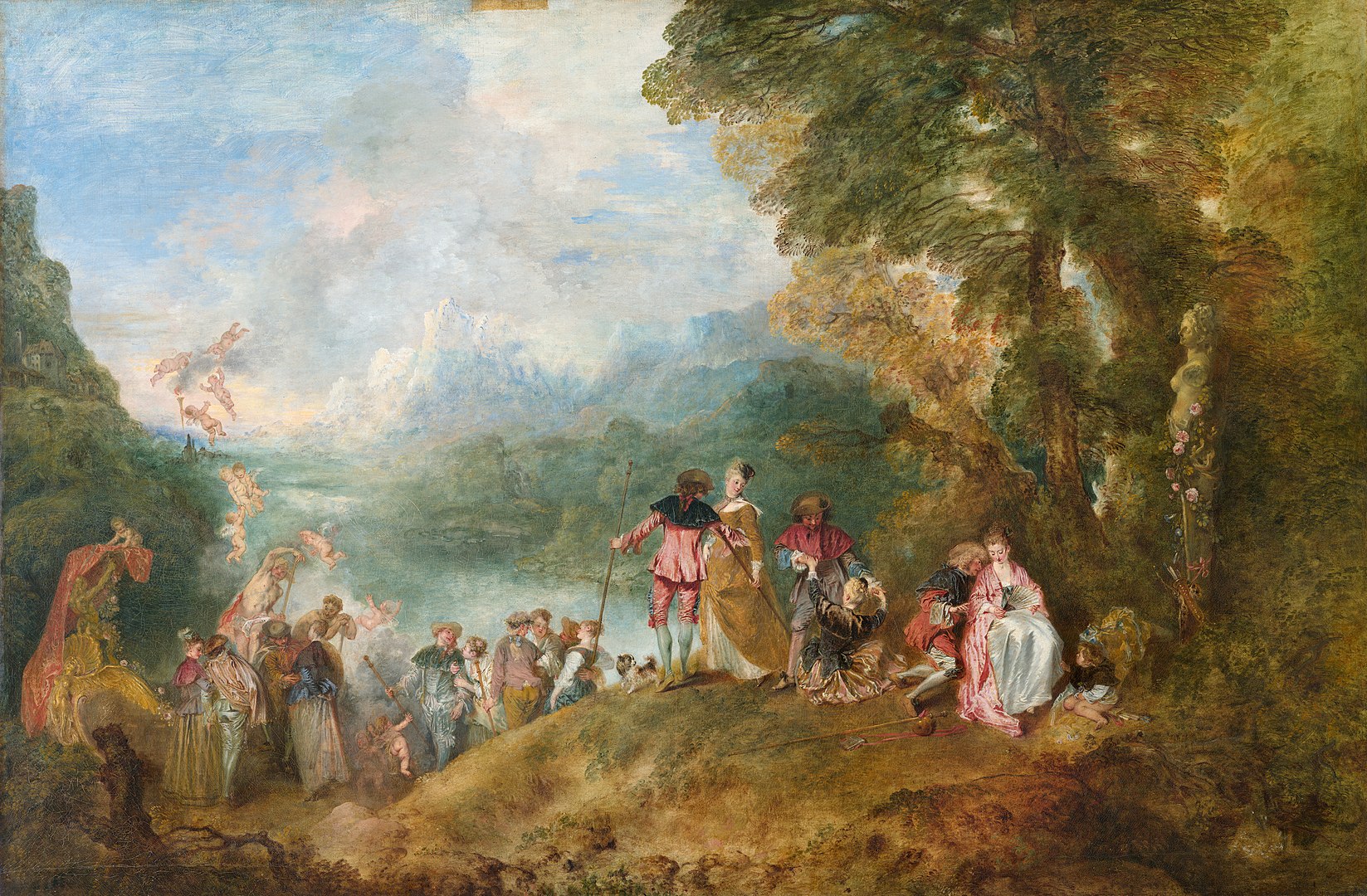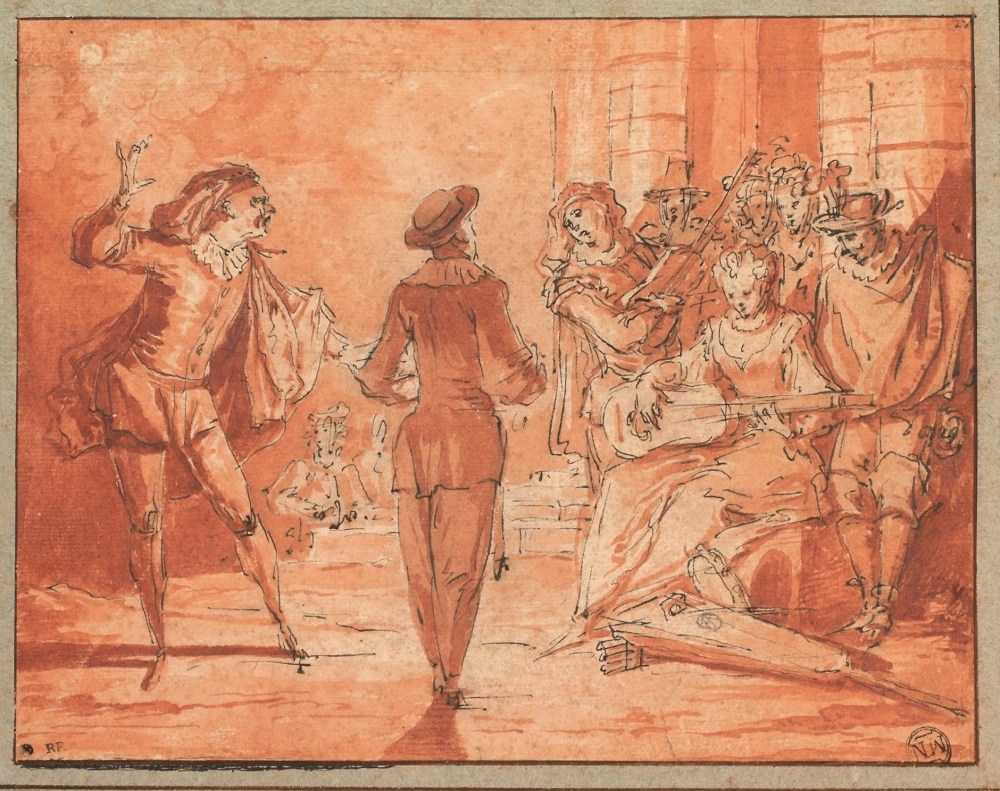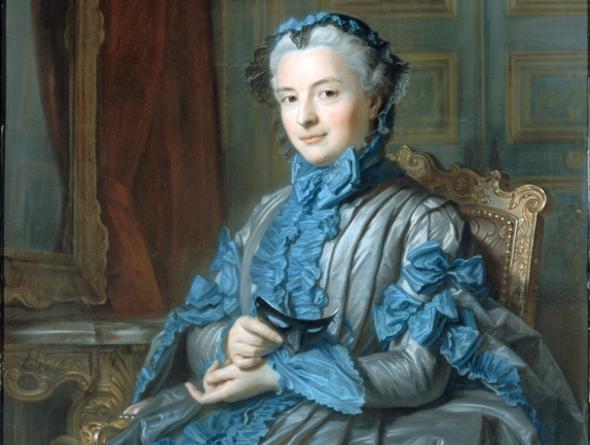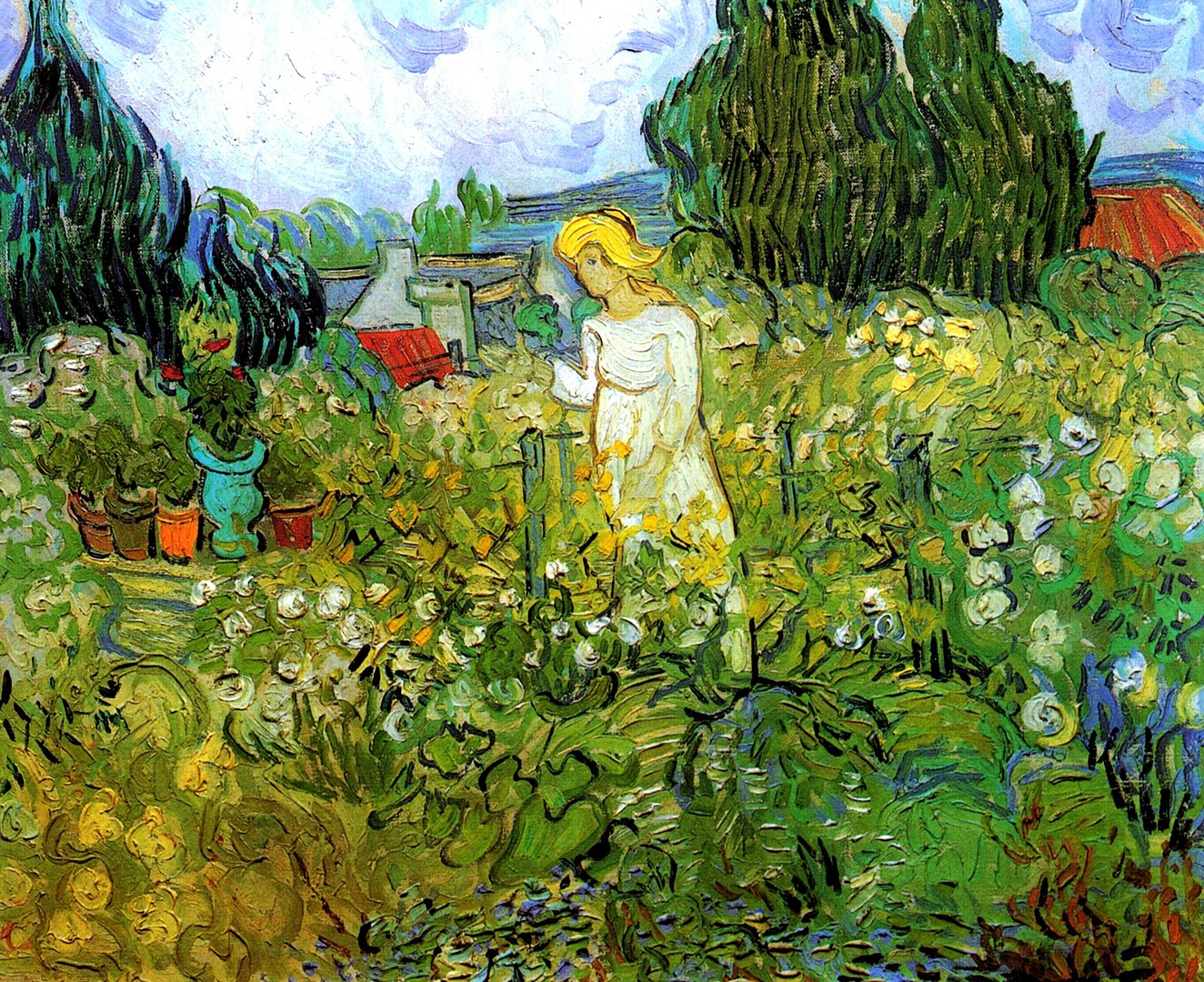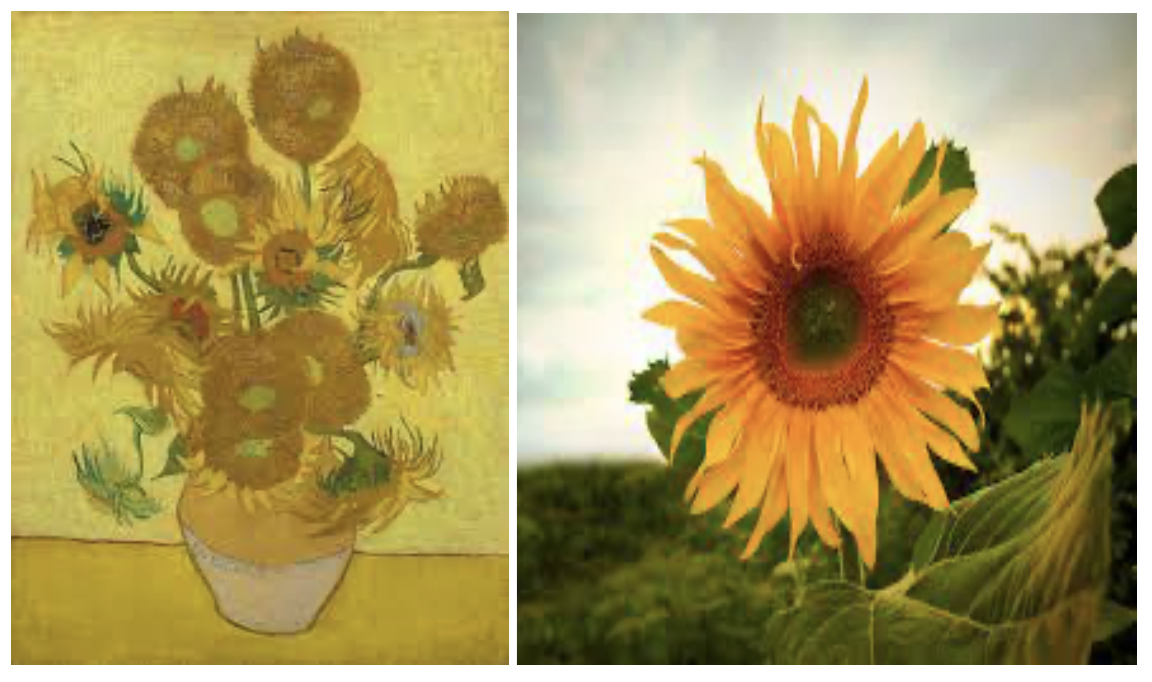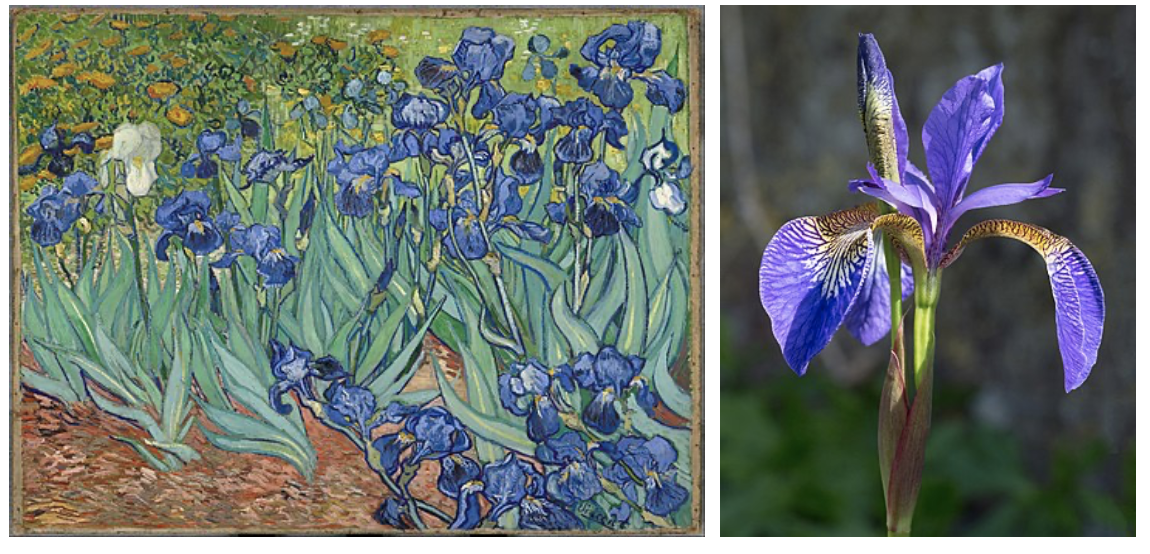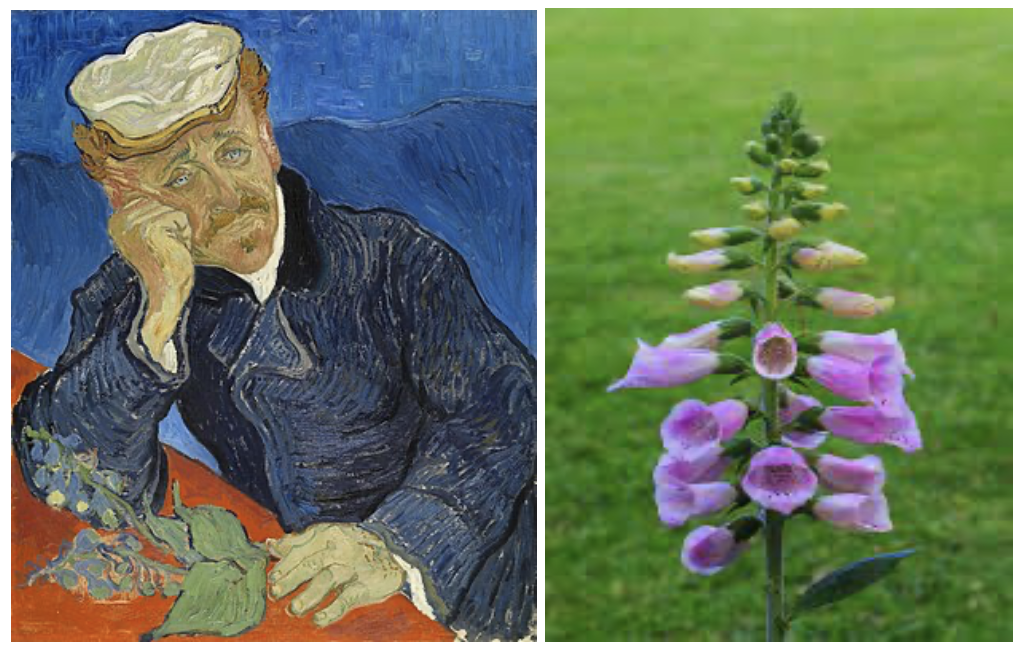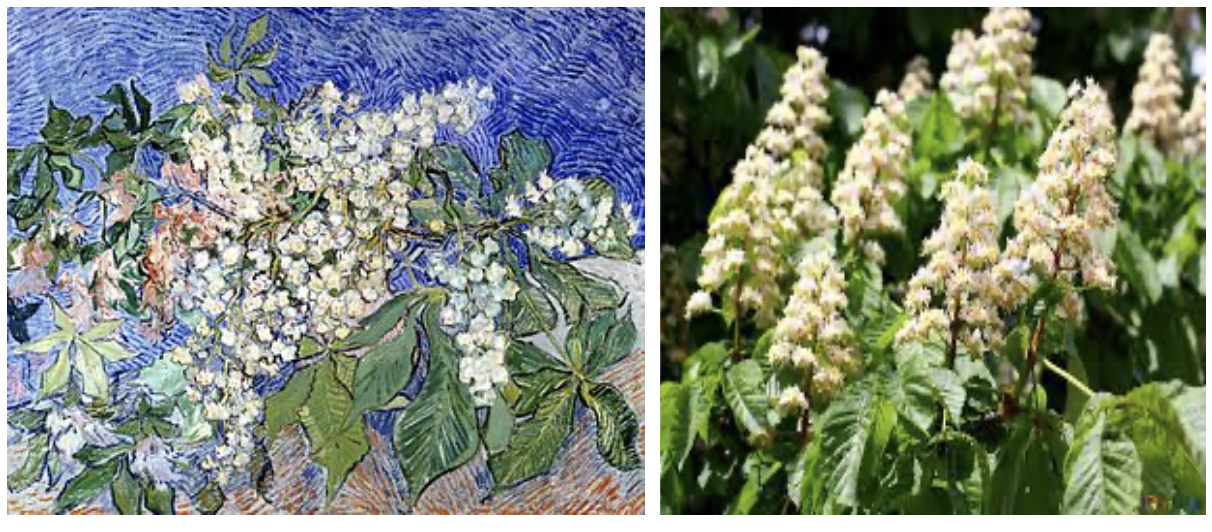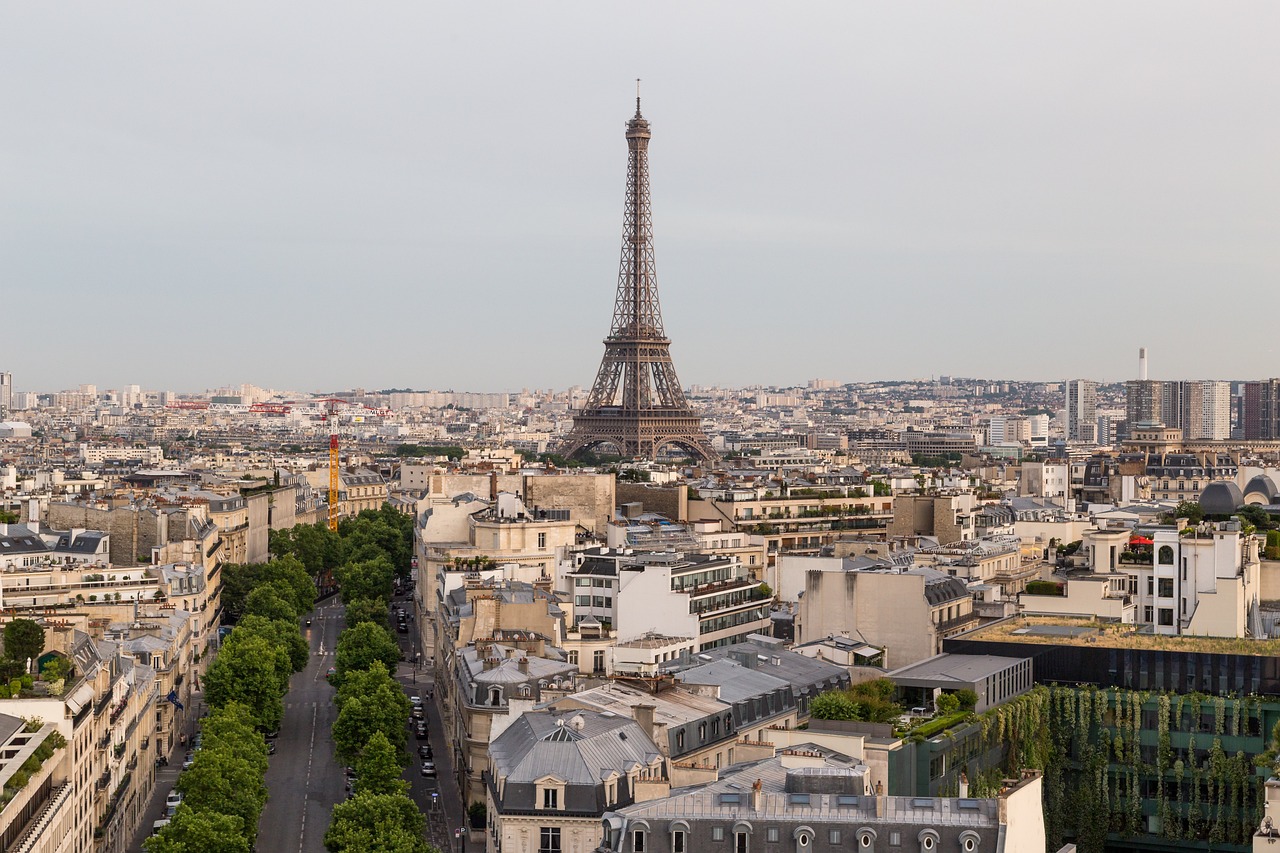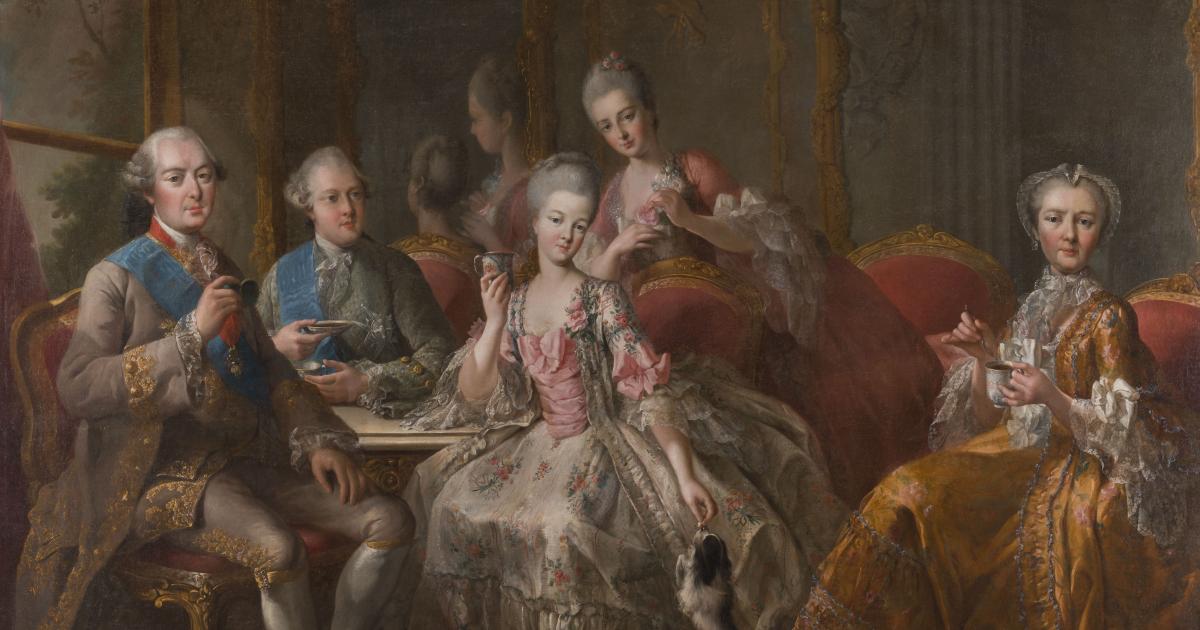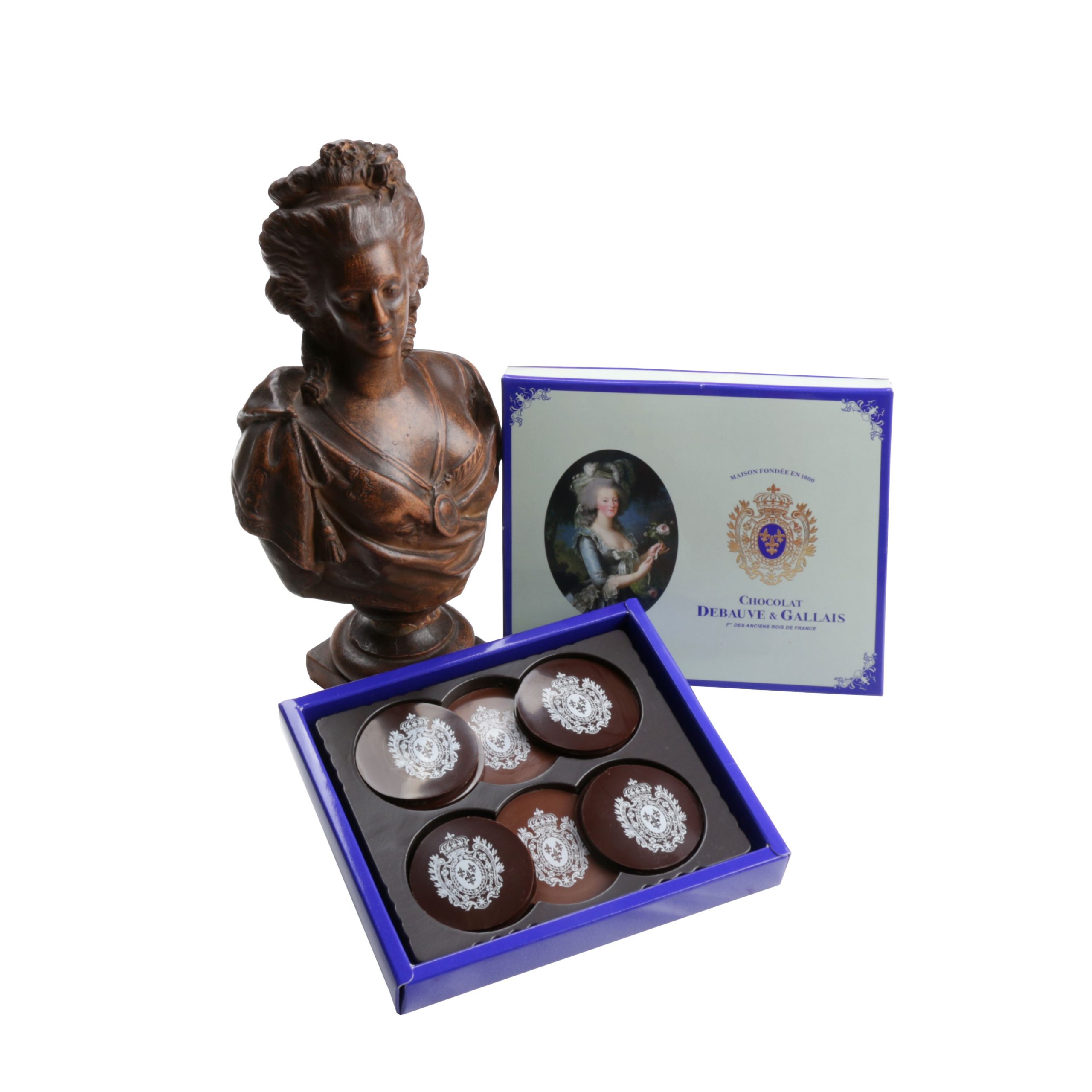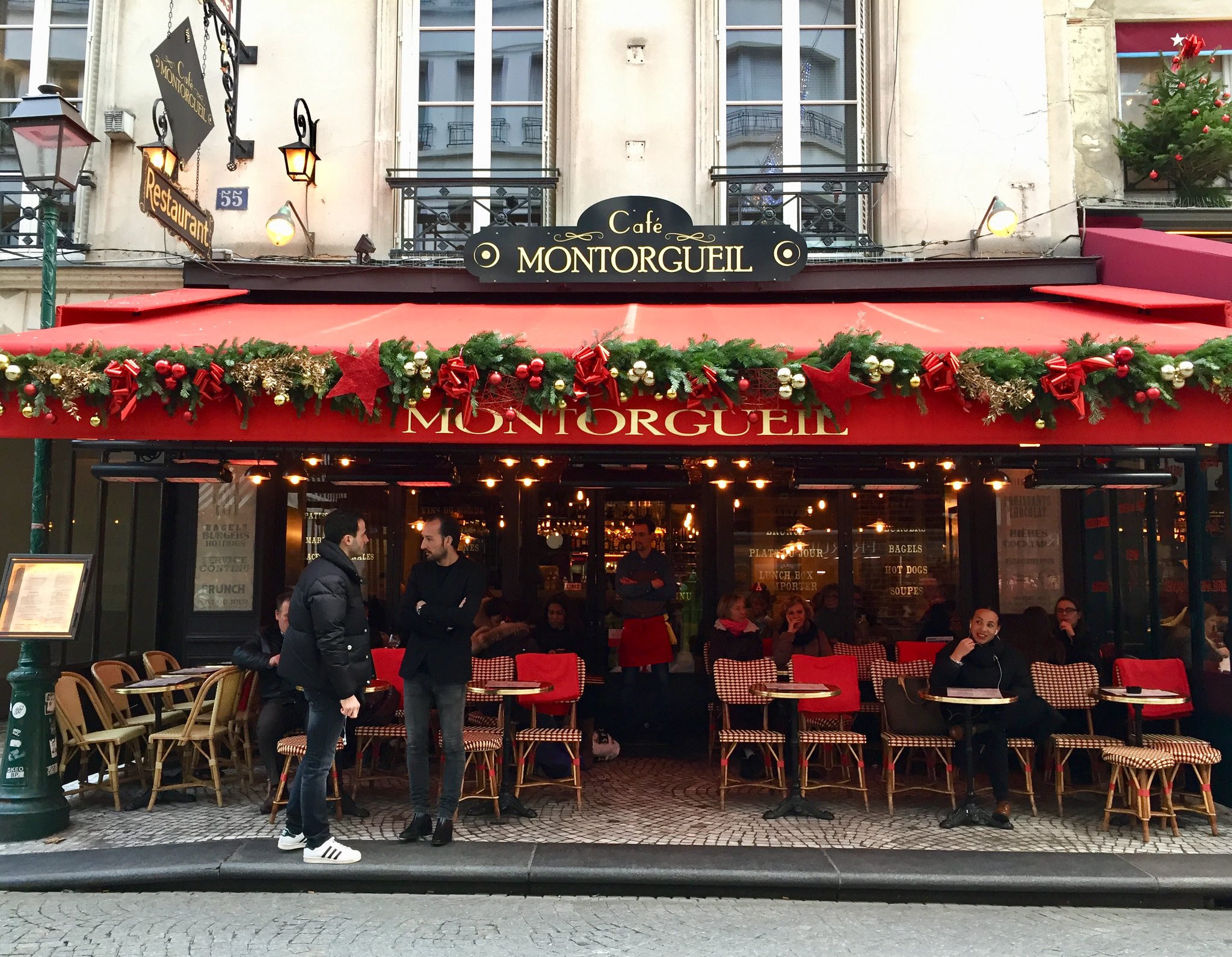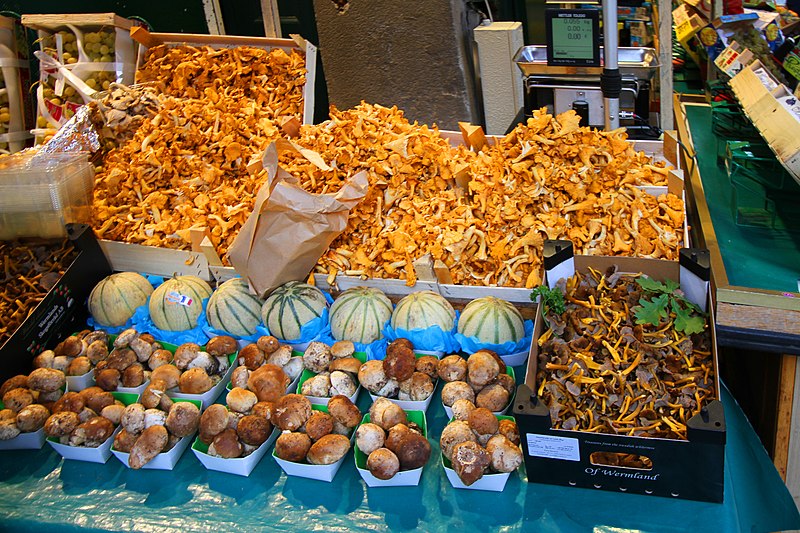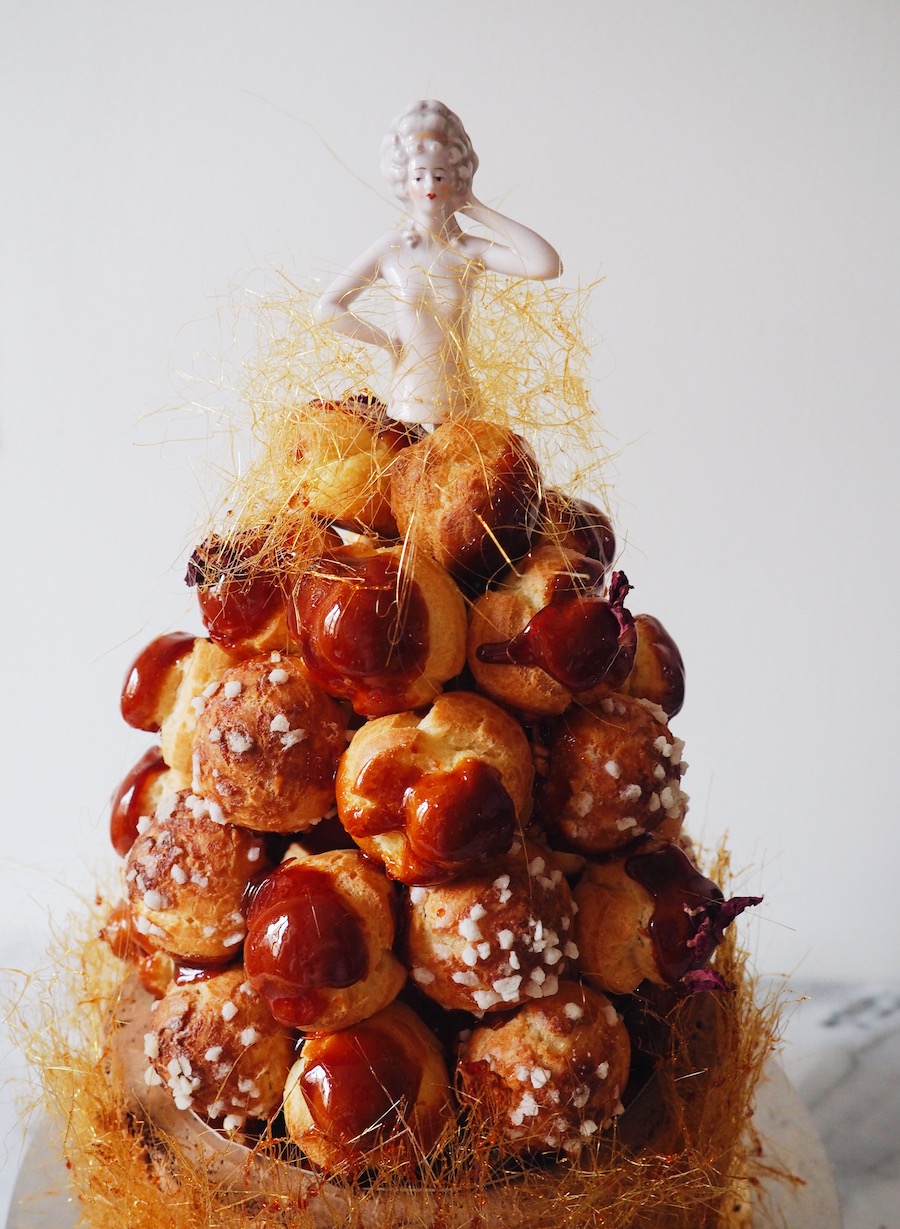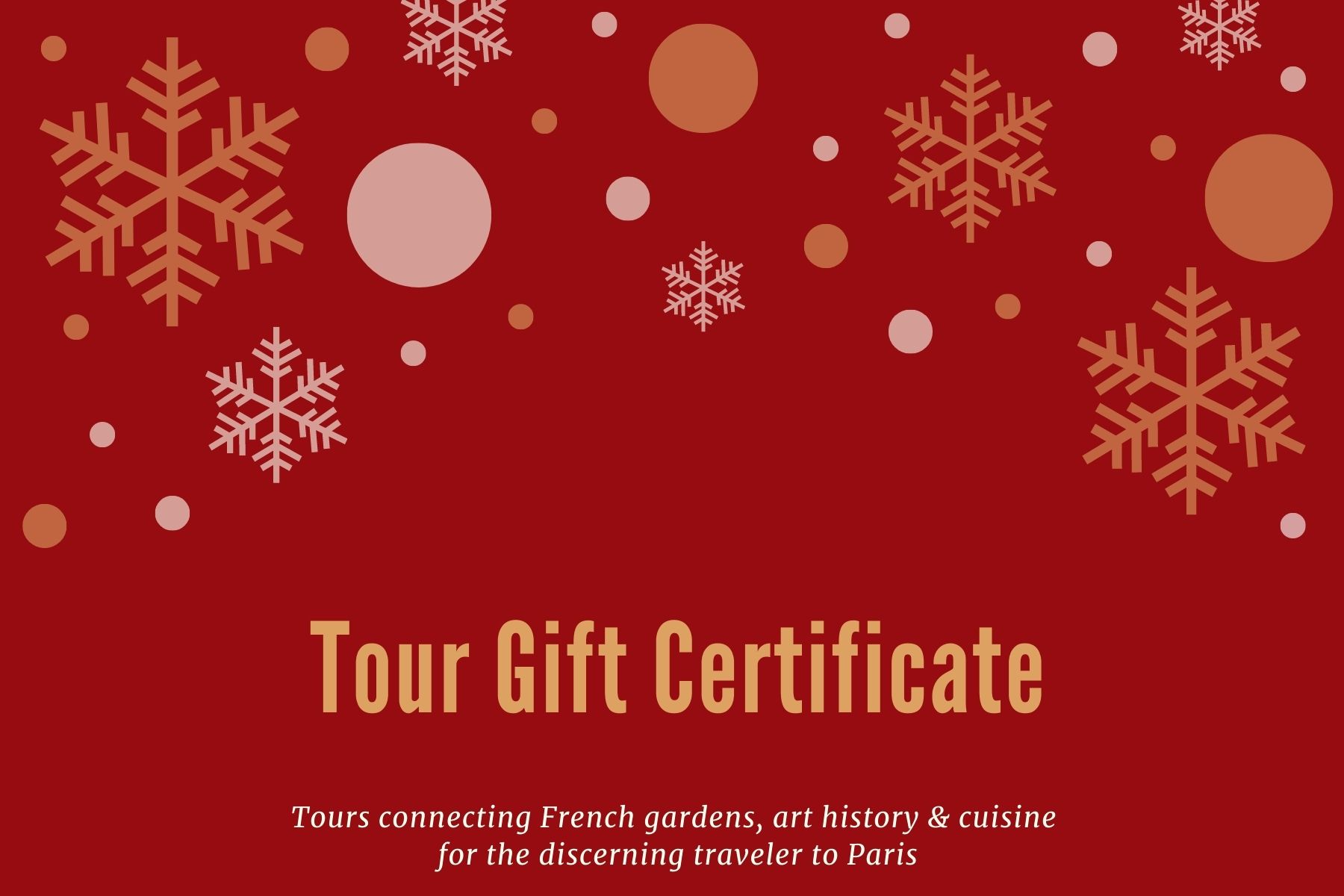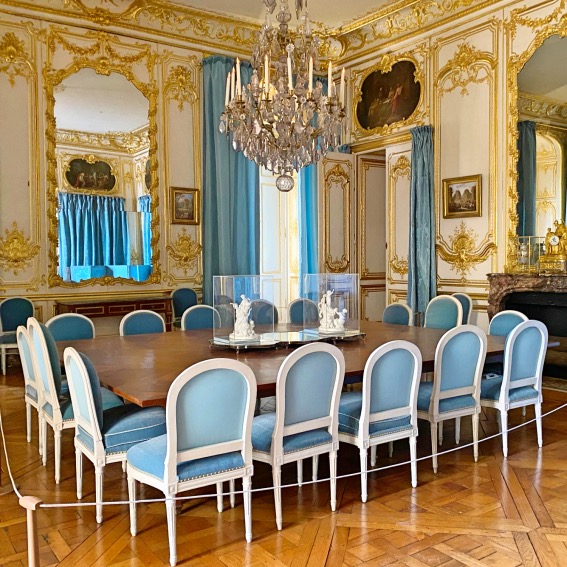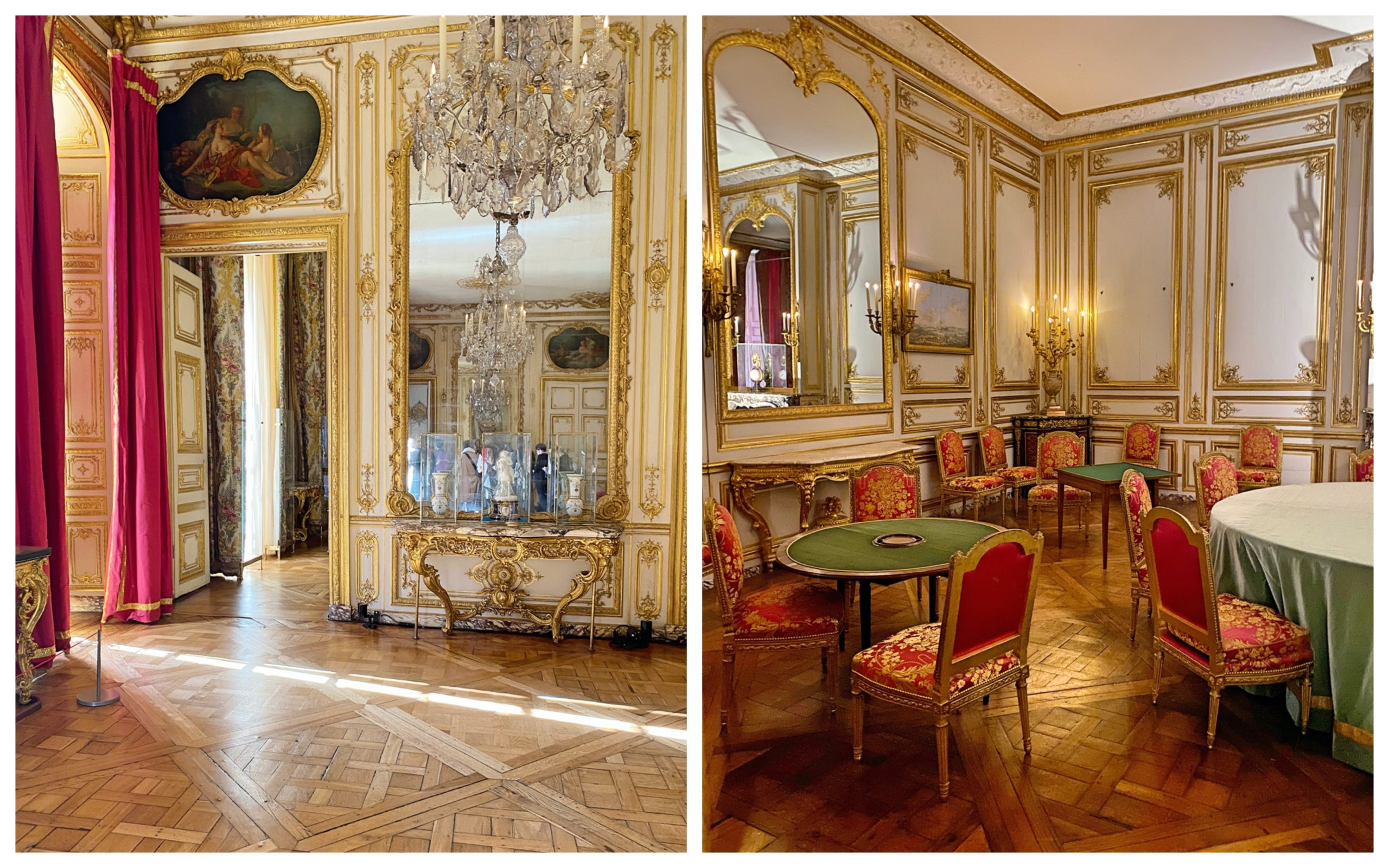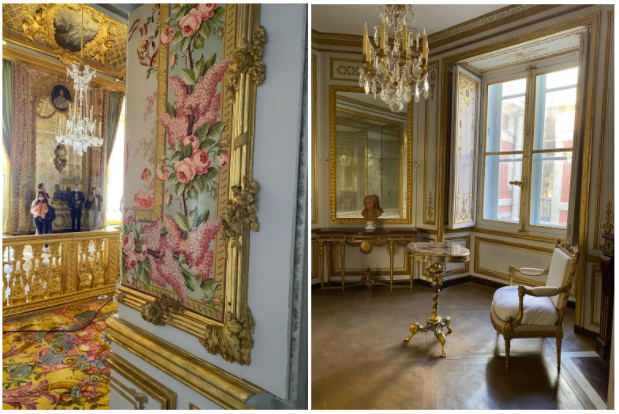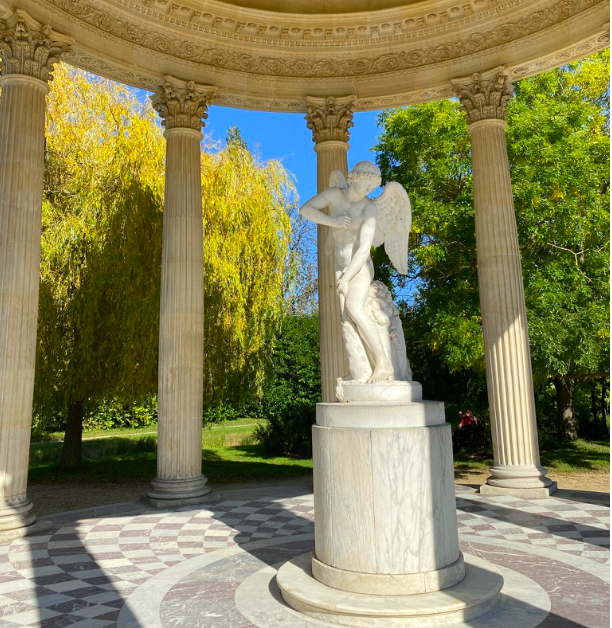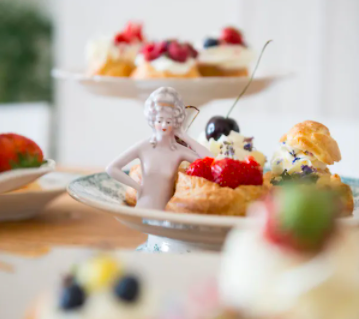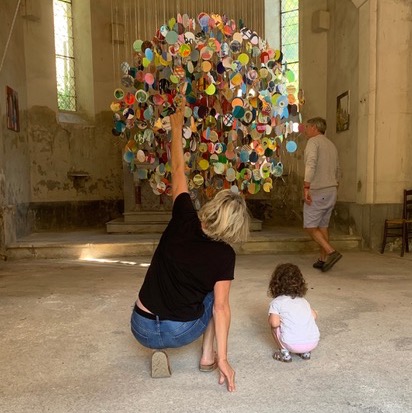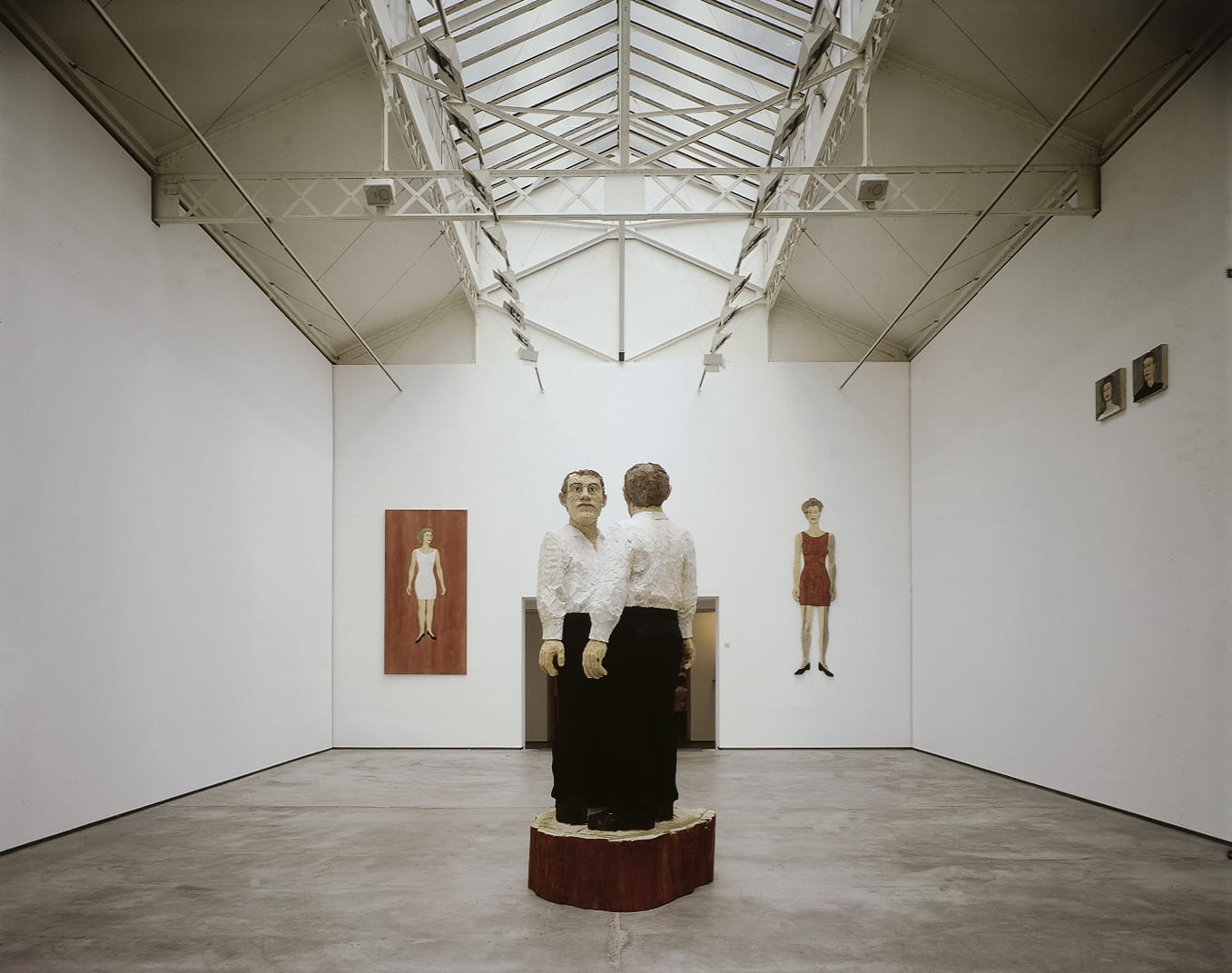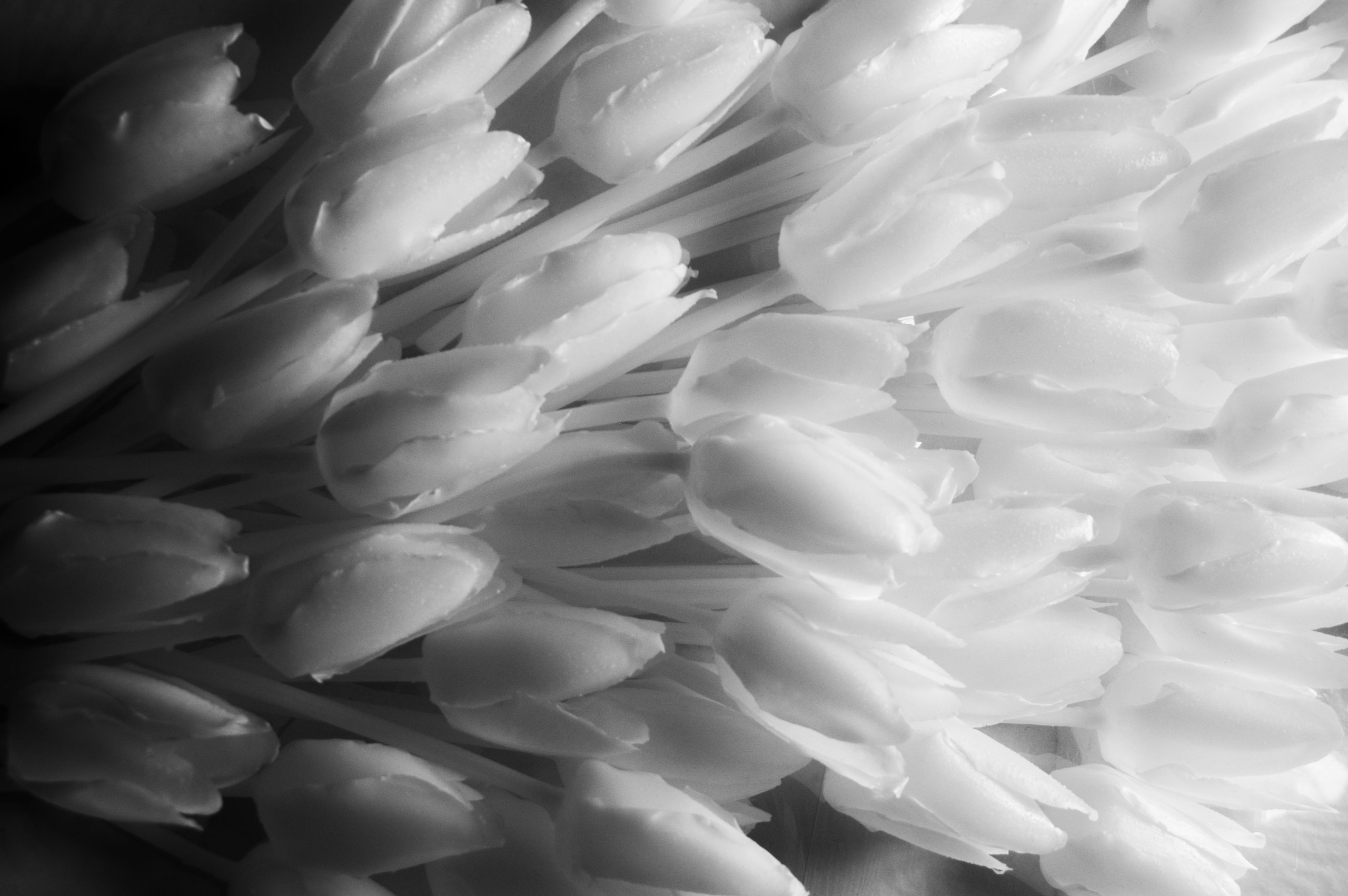https://www.picturesquevoyages.com/wp-content/uploads/2024/09/Screenshot-2024-09-13-at-11.14.23.png
606
830
admin8800
https://www.picturesquevoyages.com/wp-content/uploads/2019/02/picturesquevoyageslogo-300x68-2-300x68.png
admin88002024-09-13 15:52:042024-09-18 14:28:28Surprising Story: Nélie Jacquemart-André and the Chaalis Abbey
https://www.picturesquevoyages.com/wp-content/uploads/2023/09/1647px-LEmbarquement_pour_Cythere_by_Antoine_Watteau_from_C2RMF_retouched.jpg
1080
1647
admin8800
https://www.picturesquevoyages.com/wp-content/uploads/2019/02/picturesquevoyageslogo-300x68-2-300x68.png
admin88002023-09-21 11:44:472023-09-21 13:20:26Autumn 2023: a Season of 18th Century Exhibits
https://www.picturesquevoyages.com/wp-content/uploads/2023/09/Screenshot-2023-09-21-at-10.57.24.png
1072
1242
admin8800
https://www.picturesquevoyages.com/wp-content/uploads/2019/02/picturesquevoyageslogo-300x68-2-300x68.png
admin88002023-09-21 11:03:172023-09-23 11:28:05Vincent Van Gogh and Flowers
https://www.picturesquevoyages.com/wp-content/uploads/2023/06/kimpton-paris-7085351236-2x1-1.jpg
2000
2491
admin8800
https://www.picturesquevoyages.com/wp-content/uploads/2019/02/picturesquevoyageslogo-300x68-2-300x68.png
admin88002023-06-12 14:45:592023-06-19 10:28:16How to Enjoy Paris in the Summer of 2023
https://www.picturesquevoyages.com/wp-content/uploads/2021/11/mv-7716_006.jpg
630
1200
admin8800
https://www.picturesquevoyages.com/wp-content/uploads/2019/02/picturesquevoyageslogo-300x68-2-300x68.png
admin88002021-11-30 15:54:542021-12-01 11:05:57Surprising Stories: Hot Chocolate fit for Kings and Queens
https://www.picturesquevoyages.com/wp-content/uploads/2021/11/38023475305_a104a8bd22_k.jpg
1591
2048
admin8800
https://www.picturesquevoyages.com/wp-content/uploads/2019/02/picturesquevoyageslogo-300x68-2-300x68.png
admin88002021-11-19 11:15:552021-12-01 11:22:48Seasons Greetings & Special Paris Tours for the Holidays
https://www.picturesquevoyages.com/wp-content/uploads/2021/10/Apartments-of-the-King-Versailles-2.jpg
567
567
admin8800
https://www.picturesquevoyages.com/wp-content/uploads/2019/02/picturesquevoyageslogo-300x68-2-300x68.png
admin88002021-11-18 11:52:142021-11-19 10:33:38New Exclusive Versailles Tours & Experiences
https://www.picturesquevoyages.com/wp-content/uploads/2021/08/Same-Sky-2.jpg
413
412
admin8800
https://www.picturesquevoyages.com/wp-content/uploads/2019/02/picturesquevoyageslogo-300x68-2-300x68.png
admin88002021-08-02 19:42:572023-03-05 18:15:39Nature into Art: Same Sky/Même Ciel
https://www.picturesquevoyages.com/wp-content/uploads/2021/03/Drouot.jpeg
1500
2048
admin8800
https://www.picturesquevoyages.com/wp-content/uploads/2019/02/picturesquevoyageslogo-300x68-2-300x68.png
admin88002021-03-24 10:30:142021-03-24 14:58:56Where to Buy Art in Paris
https://www.picturesquevoyages.com/wp-content/uploads/2021/02/Mona_Oren_Wax_Tulip_Mania_2020_2021_HD_credit_Pauline_Hervault-scaled.jpg
2271
2560
admin8800
https://www.picturesquevoyages.com/wp-content/uploads/2019/02/picturesquevoyageslogo-300x68-2-300x68.png
admin88002021-02-01 18:09:032023-03-05 18:15:48Nature into Art: Wax Tulip Mania
Scroll to top


